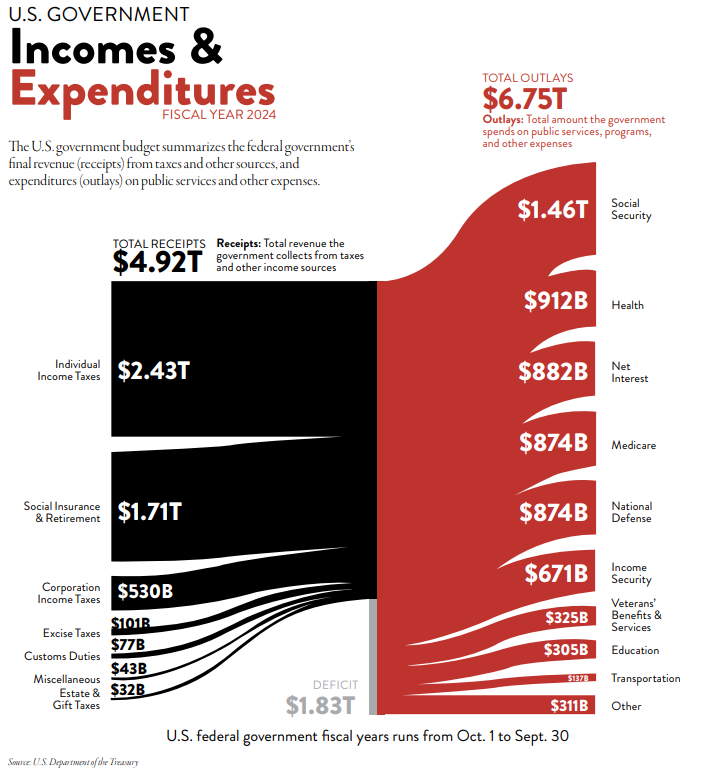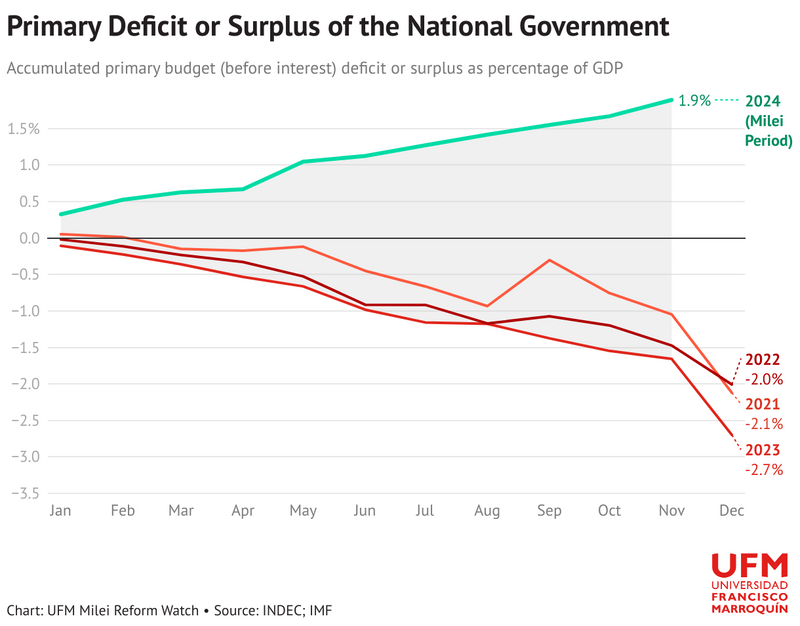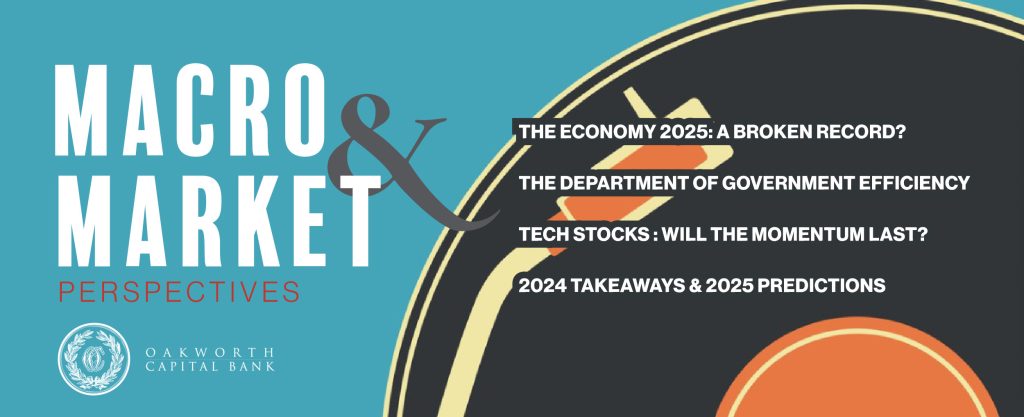INTRODUCTION
With the U.S. general election behind us, attention turns to proposed policy changes during a Trump 2.0 presidency. Major talking points of the Trump administration surround the efficiency of our government’s spending. From discussions on the ever-increasing national debt to fiscal responsibility, many are focused on the impact that the new administration will have on the federal deficit. Taxpayers have good reason to demand accountability after the Pentagon failed its seventh consecutive audit.
Enter the Department of Government Efficiency (D.O.G.E.) – an unofficial department with an initiative aimed at reducing federal waste—a cause many Americans support, but few believe will succeed. It’s lack of official power and authority has been met with pause from the start.
This initiative is not new to the global pollical landscape.
Movements like that of Javier Milei in Argentina, who advocates for drastic cuts to government spending and the purging of public agencies have brought attention to the debate on fiscal responsibility.
- So, what change can we expect from D.O.G.E.?
- Will the impact be felt by the “average” American?
- Will the federal deficit actually shrink?
D.O.G.E – THE NEWEST UNOFFICIAL DEPARTMENT
While we can only speculate what changes will actually come from D.O.G.E., co-chair Elon Musk has stated the unofficial department could slash around $2 trillion of federal spending by cutting regulation, eliminating waste, abolishing redundant agencies and downsizing the federal workforce. We know the U.S. federal government is big, but to have those recommendations add up to $2 trillion worth of savings would be quite the feat. The key word, here: “recommendation.” An official department or office requires an act of Congress (per Article 2, Section 2, Clause 2.3.6 of the U.S. Constitution). So, any meaningful action will still require at minimum an executive order, and possibly a passage of law by Congress before any change occurs. To be blunt, Mr. Musk will need to convince lawmakers on both sides of the aisle that the recommendations are safe and sound while resulting in meaningful cost savings.
Take a trip back in time to seventh-grade civics class – Congress controls the “purse strings” of the federal budget. Most recently, Congress barely avoided another shut down as the debt limit was raised until June 2025. The composition of these continued resolution bills varies, but one thing is sure: most federal spending is “essential,” while only some is less than essential. The U.S. federal budget can be divided into several categories, including discretionary spending, mandatory spending, and interest on the national debt.
- Discretionary spending refers to funds that Congress has the authority to adjust annually, such as defense and education programs.
- Mandatory spending, on the other hand, includes programs like Social Security, Medicare and Medicaid, which are set by law and cannot be easily changed without legislative reform.
- The goal of D.O.G.E. is to identify and make recommendations to cut programs that are deemed unnecessary, consolidate overlapping services or reform entitlement programs to make them more sustainable.
BUDGET BREAKDOWN AND FISCAL CHALLENGES
As of the 2024 fiscal year, the federal budget is projected to be just north of $6 trillion. A significant portion of this budget is allocated to mandatory spending, which is expected to total approximately $3 trillion. This includes entitlement programs such as Social Security, Medicare and Medicaid, which are all growing due to an aging population. With Social Security largely driven by fixed calculations, there is little flexibility within this $3 trillion expense. Efficiency gains are limited to addressing the roughly $3 billion worth of improper payments made each year.
Another idea here could be to push back the retirement age, so as not to deplete Social Security altogether, but this was recently voted down 93-3 in the Senate. If Congress is not willing to strip a few years away from voters receiving their Social Security benefits, do we think Medicare and Medicaid will be reformed in a cost-reduction manner? Don’t count on it.
In addition, rising short-term interest rates since the Federal Reserve’s 2022 hikes have caused national debt interest payments to surge, nearing $1 trillion annually. Had the U.S. Treasury issued more long-term debt in 2020, when the 10- and 30-year U.S. Treasury yields were around 0.7% and 1.4%, respectively, borrowing costs would be far lower today. Instead, reliance on short-term debt has driven costs higher in the current rate environment. Again, simple math and no room for efficiencies here. That totals more than half of the federal budget, effectively off-limits for adjustments.

The other side of the budget is discretionary spending, which accounts for about $2.6 trillion in the 2024 budget. This covers a wide range of government functions, including defense, education, transportation and research. This will be D.O.G.E.’s playground. Recommendations will be made to slash wasteful spending, reduce administrative/bureaucratic headcount and potentially eliminate departments entirely. Once again, Mr. Musk may make recommendations to the president, but the reality of checks and balances across the three branches of government means any significant changes to federal spending will require support from over half — and sometimes up to 60% —of Congress.
THE JAVIER MILEI EFFECT: SLASHING GOVERNMENT SPENDING
If there is a blueprint for governmental deconstruction, look no further than Argentina’s president Javier Milei. Much of Milei’s one-year stint as president has centered around drastically reducing government expenditures, privatizing state-run industries and slashing public sector jobs. Sound familiar? Milei’s campaign gained traction by tapping into public dissatisfaction with government inefficiency, corruption and an unsustainable fiscal trajectory. The results have been staggering. Argentina has recorded a budget surplus in 2024, following the aggressive tactics.
His proposals, which include reducing government ministries, cutting subsidies and privatizing state-owned companies, have been controversial. However, they have also made significant strides in taming inflation and turning the federal budget into a surplus in 2024. While Milei’s approach may not be directly parallel to the U.S. government’s, it highlights a key issue that D.O.G.E. is grappling: the tension between reducing government spending and maintaining essential public services. Advocates of aggressive fiscal cuts argue that the government has grown too large and inefficient, while critics warn such cuts could weaken essential social programs and services or fail to meaningfully reduce the nation’s massive deficit.

WHY THE CONVERSATION MATTERS
Is the point of all this to run the federal government at a surplus? Is that even possible? Probably not, at least in the short term. However, could we see some material change resulting in positive impact in the longer term? We’ve seen the “snowball effect” throughout U.S. history.
- The introduction of welfare reform in the 1990s, for example, started with relatively modest changes to the social safety net but eventually led to a broader transformation in S. social policy.
- Similarly, the push for tax reform in the 1980s began with small, targeted cuts but eventually led to a major overhaul of the tax code.
These efforts might have had a modest beginning, but the ability to sustain the conversation and build momentum for deeper reforms was felt over the years and on into today.
Don’t expect a surplus in 2025, or even 2026 for that matter; but over time, new disciplines might allow for a leaner federal government and better stewardship of the American taxpayer resources.
CONCLUSION
The Department of Government Efficiency could end up playing a crucial role in addressing the challenges of government spending and budget deficits. Through its efforts to streamline operations, reduce waste and improve efficiency, D.O.G.E. will strive to ensure that taxpayer dollars are used effectively. While political movements like that of Javier Milei in Argentina may advocate for more drastic measures, the broader conversation about fiscal responsibility is critical to fostering a culture of efficiency in government. Even if the immediate impact of budget cuts may not be substantial, the ongoing dialogue about fiscal discipline can create the conditions for meaningful, long-term reforms.
Ultimately, the push for greater efficiency in government spending is not just about reducing the deficit today but about ensuring that government programs continue to serve the public in a way that is both sustainable and effective.
This content is part of our quarterly outlook and overview. For more of our view on this quarter’s economic overview, inflation, bonds, equities and allocations, read the latest issue of Macro & Market Perspectives.

The opinions expressed within this report are those of the Investment Committee as of the date published. They are subject to change without notice, and do not necessarily reflect the views of Oakworth Capital Bank, its directors, shareholders or associates.


